Exhibition illuminates the depiction of women in the oeuvre of Titian
Titian, Violante, 1510/14, Kunsthistorisches Museum Vienna © KHM-Museumsverband
VIENNA.- Each year, the Kunsthistorisches Museum dedicates its autumn show to the Old Masters. The exhibition Titian’s Vision of Women shows over sixty paintings from international as well as the museum’s own collections in order to illuminate the depiction of women in the oeuvre of the Venetian master Titian (c.1488‒1576) and his contemporaries. Exceptional works are on loan from, among others, the Metropolitan Museum of Art in New York, the Louvre in Paris, the Prado in Madrid, the Uffizi Gallery in Florence, the Hermitage Museum in Saint Petersburg, and the Gallerie dell’Accademia in Venice.
Titian and his contemporaries, including Palma il Vecchio, Lorenzo Lotto, Paris Bordone, Jacopo Tintoretto, and Paolo Veronese, were inspired by the love poetry and literature of their time to create poetic and sensual, idealizing images of women that went on to inform European painting for many centuries.
This exhibition spotlights the Venetian view of women against the backdrop of the ideals and the social realities of sixteenthcentury life. Titian’s paintings of women celebrate women as the greatest subject of life, love, and art.
Palma il Vecchio, Portrait of a Woman, called "La Bella", 1518/20, Madrid, Museo Nacional Thyssen-Bornemisza © Museo Nacional Thyssen-Bornemisza, Madrid
Women as a Subject in Painting and Literature
The remarkable prominence of women in Venetian sixteenthcentury painting is due to a number of reasons, which include the socio-political structure of the city known as La Serenissima (women enjoyed particular rights with regard to their own dowry and inheritance), as well as the culturally open-minded and international atmosphere at the centre of the maritime republic. Influential publishers in Venice attracted notable poets and humanists, including Pietro Bembo, Sperone Speroni, and Ludovico Dolce, whose writings frequently focused on the themes of women and love. Titian, the most significant painter to have emerged from the city-state, decisively shaped their visual representation.
Titian, Portrait of a Lady ("La Bella"), 1534/36, Florence, Uffizi Galleries © Galleria Palatina e Appartamenti Reali di Palazzo Pitti, su concessione del Ministero della cultura
New Research – New Interpretations
The women who Titian had painted looking directly at, or – worse yet – even baring or half-baring their breasts for the viewers were long supposed to have simply been courtesans. Newly inspected sources draw a much more differentiated picture of the looks and gestures that are depicted in sixteenth-century paintings. Current research considers them being symbolic of a woman opening her heart to a future spouse, depicting the bride’s agreement to a proposed union. The creators of the exhibition have looked into these and other reinterpretations.
Titian, Young Woman in a Fur, 1534/36, Kunsthistorisches Museum Vienna © KHM-Museumsverband
Women Demand(ed) Respect
The novel, heightened attention focused on women by painters, humanists, and poets also had an influence on the actual ways of female life in sixteenth-century Venice. The specific urban setting, Venice’s forma urbis, fostered female contacts and exchange between the different social strata. Female writers demanded that their skills be met with greater respect and that women were granted equal access to higher education in their treatises. In doing so, they prepared the ground for greater equality between women and men, raising a topic that is once again of particular global relevance.
Titian, Woman with a Plumed Hat, 1534/36, St Petersburg, The State Hermitage Museum © The State Hermitage Museum, 2021, Foto: Dmitri Sirotkin
A Multi-Faceted Exhibition
The show aims to reveal the many facets of this topic and cast a closer eye at the range of featured gestures, looks, and attributes. Ranging from concrete likenesses to idealized variations inspired by poetry, the exhibits show how interpretations of the topics of love and desire were staged in the form of historical, mythological, and allegorical depictions. Realistic and idealized portraits furthermore serve for an analysis of contemporary fashion, hairstyles as well as the valuable items created by the city’s goldsmiths. The extensive contemporary literary body of tractates and love poetry provides a solid basis for a new reading of this unique depiction of women.
Titian, “La Schiavona”, 1510/12, London, The National Gallery © The National Gallery, London
Venice reached the zenith of its exceptional development during the sixteenth century. A small aristocratic class of people, from among whom the Doge was elected, ruled the republic. However, the male and female citizens, in particular the merchants, also made a significant contribution to the city’s rise. Venice was able to make use of its situation on the Mediterranean Sea to become a hub for the trade of luxury goods from throughout the world. The city on the lagoon enjoyed a prosperity and cultural diversity that is also reflected in the period’s architecture and art. The numerous palaces and churches of Venice were fitted out with countless frescoes and paintings by such greats as Giovanni Bellini, Tintoretto, Veronese, and, not least, Titian himself.
Titian, Isabella d’Este, Marquise of Mantua (1474–1539), 1534/36, Kunsthistorisches Museum Vienna © KHM-Museumsverband
Titian, Portrait of Lavinia, c.1565, Staatliche Kunstsammlungen Dresden © Gemäldegalerie Alte Meister, Staatliche Kunstsammlungen Dresden, Foto: Elke Estel/Hans-Peter Klut
Titian and Workshop, Portrait of a Woman (traiditionally identified with Lavinia), c.1565, Kunsthistorisches Museum Vienna © KHM-Museumsverband
Jacopo Tintoretto, Portrait of a Young Woman, 1553/55, Kunsthistorisches Museum Vienna © KHM-Museumsverband
Anonymous, Portrait of a Young Woman, Brescia, c.1540, Kunsthistorisches Museum Vienna © KHM-Museumsverband.
Titian, Young Woman at her Toilet, c.1515, Paris, Musée du Louvre. Photo © RMN-Grand Palais (musée du Louvre)/Franck Raux
Giovanni Bellini, Young Woman with a Mirror, 1515, Kunsthistorisches Museum Vienna © KHM-Museumsverband
Titian, Vanitas, c.1520, Munich, Alte Pinakothek © bpk I Bayerische Staatsgemäldesammlungen
Titian, Flora, c.1517, Florence, Galleria degli Uffizi © Galleria delle Statue e delle Pitture degli Uffizi, su concessione del Ministero della cultura
Bartolomeo Veneto, Flora, c.1520, Frankfurt, Städel Museum. Creative Commons, Städel Museum, Frankfurt am Main
Giorgione, Portrait of a Young Woman (‘Laura’), 1506, Kunsthistorisches Museum Vienna © KHM-Museumsverband
Bernardino Licinio, Portrait of a Woman revealing her Breast, 1536,Bergamo, Private Collection © Private Collection
Bordone, The Lovers, 1525/30, Milan, Pinacoteca di Brera © Pinacoteca di Brera, Milano
Bernardino Licinio, Young Woman with Her Groom, c.1520, Paris, Galerie Canesso © Galerie Canesso, Paris
Giovanni Cariani, Young Woman with Old Man, 1515/16, St Petersburg, The State Hermitage Museum, Pavel Demidov © The State Hermitage Museum, 2021
Titian, Venus with an Organist and Cupid, c.1555, Madrid, Museo Nacional del Prado © Archivo Fotográfico. Museo Nacional del Prado, Madrid
Tullio Lombardo, Young Couple, 1505/10, Kunsthistorisches Museum Vienna © KHM-Museumsverband
Bernardino Licinio, Portrait of a Woman Holding Her Husband’s Potrait, 1525/28, Milan, Castello Sforzesco © Comune di Milano, tutti i diritti riservati.
Lorenzo Lotto, Portrait of a Woman inspired by Lucretia, 1530/33, London, The National Gallery © The National Gallery, London.
Titian, Lucrecia and her Husband, c.1515, Kunsthistorisches Museum Vienna © KHM-Museumsverband.
Titian, Tarquin and Lucretia, 1570-1576, Vienna, Akademie der bildenden Künste © Gemäldegalerie der Akademie der bildenden Künste Wien.
Veronese, Lucretia, 1580/83, Vienna, Kunsthistorisches Museum © KHM-Museumsverband
Veronese, Judith, c.1580, Kunsthistorisches Museum Vienna © KHM-Museumsverband
Palma il Giovane, Salome, 1599, Kunsthistorisches Museum Vienna © KHM-Museumsverband
Tintoretto, Susanna, c.1555/56, Kunsthistorisches Museum Vienna © KHM-Museumsverband
Titian and Workshop, Penitent Magdalene, c.1565, Stuttgart, Staatsgalerie Stuttgart. Creative Commons, Staatsgalerie Stuttgart.
Titian (attributed), Portrait of a Man (Pietro Bembo?), 1515/20, Besançon, Musée des Beaux-Arts et d’Archéologie © Besançon, Musée des Beaux-Arts et d’Archéologie – Photographie Nicolas Waltefaugle
Titian, Benedetto Varchi (1503–1565), c.1540, Kunsthistorisches Museum Vienna © KHM-Museumsverband
Titian, Pietro Aretino (1492–1556), c.1527, Basel, Kunstmuseum Basel © Kunstmuseum Basel, Schenkung der Prof. J.J. Bachofen-Burckhardt-Stiftung, Foto: Kunstmuseum Basel, Martin P. Bühler.
Alessandro Bonvicino, gen. Moretto, Salome (Tullia d’Aragona, c.1510–1556), c.1540, Brescia, Fondazione Brescia Musei © Archivio fotografico Civici Musei di Brescia.
Titian, Venus and Adonis, 1555/57, England, Private Collection © Private Collection.
Titian, Danae, c.1545, Naples, Museo di Capodimonte © bpk | Scala - courtesy of the Ministero Beni e Att. Culturali.
Veronese, Rape of Europe, c.1578, Venice, Fondazione Musei Civici di Venezia. Foto Matteo De Fina 2019 © Archivio Fotografico - Fondazione Musei Civici di Venezia.
Tintoretto, Venus, Vulcan and Mars, c.1555, Munich, Alte Pinakothek © bpk I Bayerische Staatsgemäldesammlungen.
Titian, Venus Blindfolding Cupid, c.1565, Rome, Galleria Borghese © Ministero per i beni e le attività culturali – su concessione della Galleria Borghese.
Roman, Aphrodite Kallipygos, 2nd cent. CE,Naples, Museo Archeologico Nazionale di Napoli © Su concessione del Ministero della Cultura - Museo Archeologico Nazionale di Napoli, Foto: Giorgio Albano.
Lambert Sustris, Venus and Amor, 1548/52, Paris, Musée du Louvre, Département des Peintures © RMN-Grand Palais (Musée du Louvre) / Stéphane Maréchalle.
Veronese, Mars and Venus, 1570/89, New York, The Metropolitan Museum of Art. Open Access program, The Metropolitan Museum of Art.
Titian, Nymph and Shepherd, 1570/75, Kunsthistorisches Museum Vienna © KHM-Museumsverband
Titian, La Sapienza (“Wisdom”), c.1560, Venice, Biblioteca Marciana © Biblioteca Nazionale Marciana.
Giorgione, La Vecchia (The Old Woman), c.1506, Venice, Gallerie dell’Accademia © G.A.VE Archivio fotografico –“su concessione del Ministero della Cultura - Gallerie dell’Accademia di Venezia”.
Titian, Clarissa Strozzi (1540–1581), 1542,Staatliche Museen zu Berlin © bpk I Staatliche Museen zu Berlin, Gemäldegalerie / Christoph Schmidt
Titian, Triumph of Love, 1543–1546, Oxford, Ashmolean Museum of Art and Archaeology © Ashmolean Museum, University of Oxford

/https%3A%2F%2Fprofilepics.canalblog.com%2Fprofilepics%2F1%2F0%2F100183.jpg)
/https%3A%2F%2Fstorage.canalblog.com%2F03%2F02%2F119589%2F96711876_o.jpg)
/https%3A%2F%2Fstorage.canalblog.com%2F11%2F31%2F119589%2F94773502_o.jpg)
/https%3A%2F%2Fstorage.canalblog.com%2F20%2F83%2F119589%2F94772815_o.jpg)
/https%3A%2F%2Fstorage.canalblog.com%2F26%2F72%2F119589%2F75604929_o.jpg)
/https%3A%2F%2Fstorage.canalblog.com%2F59%2F60%2F119589%2F26458628_o.jpg)
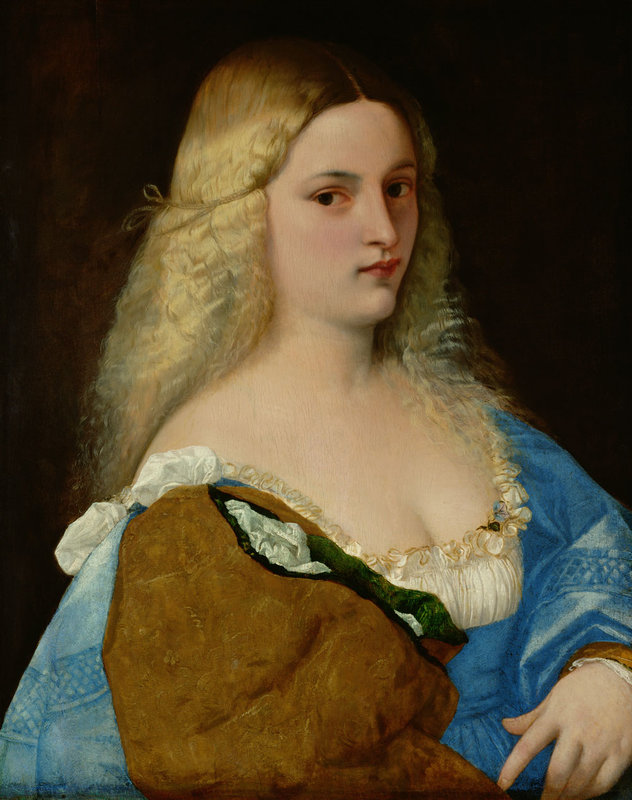
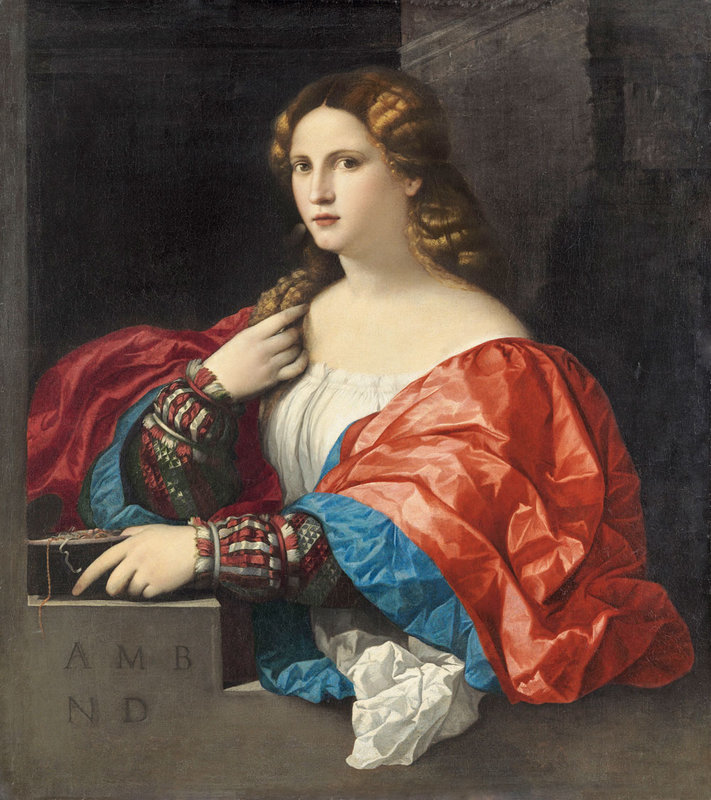

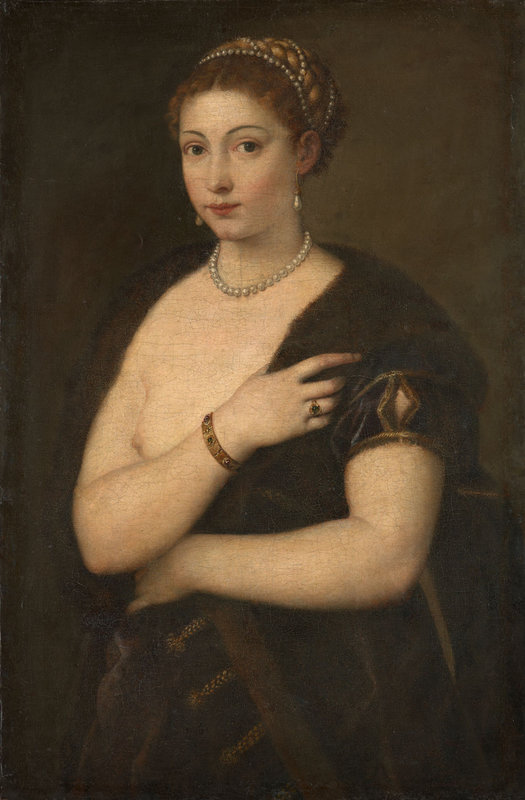


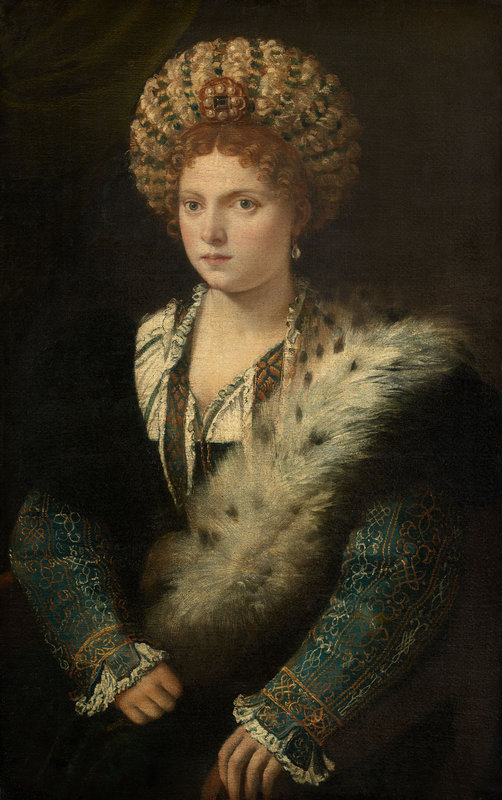

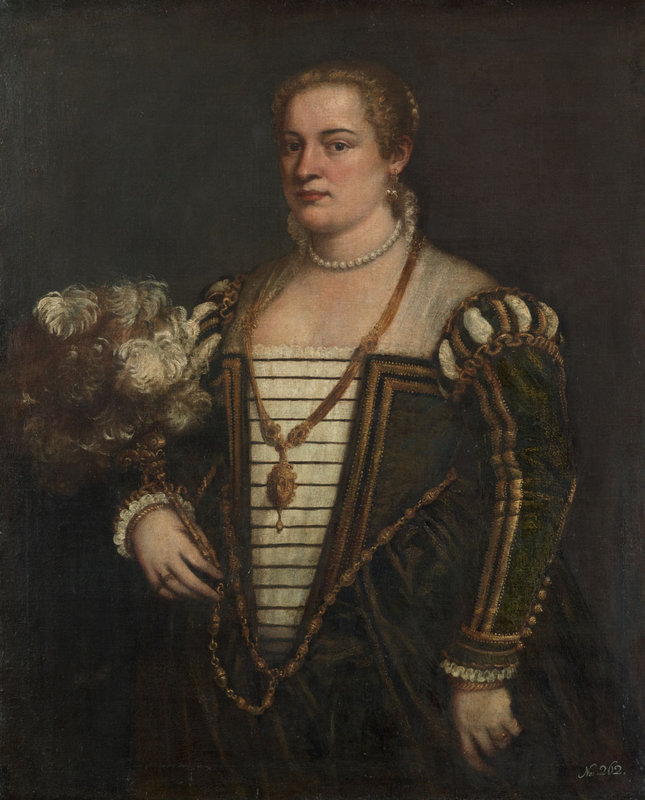


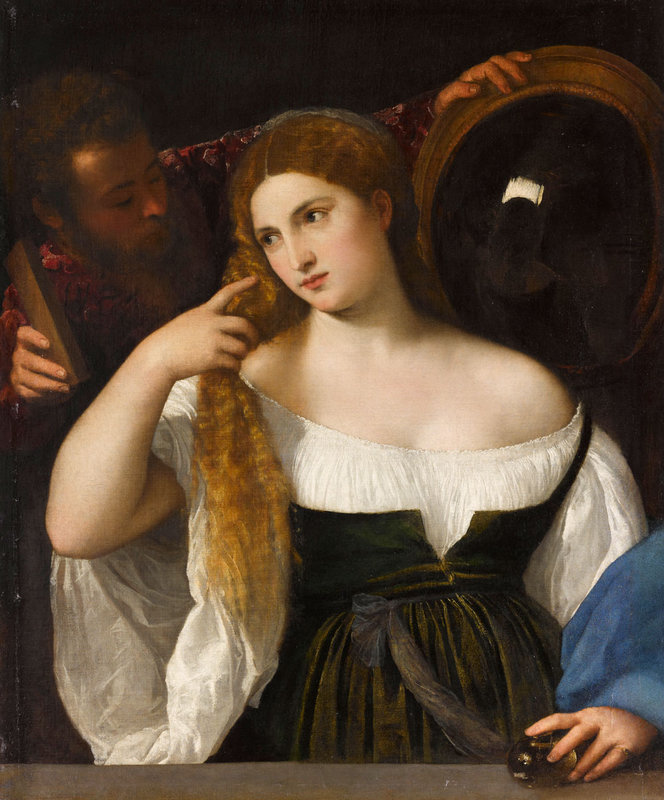
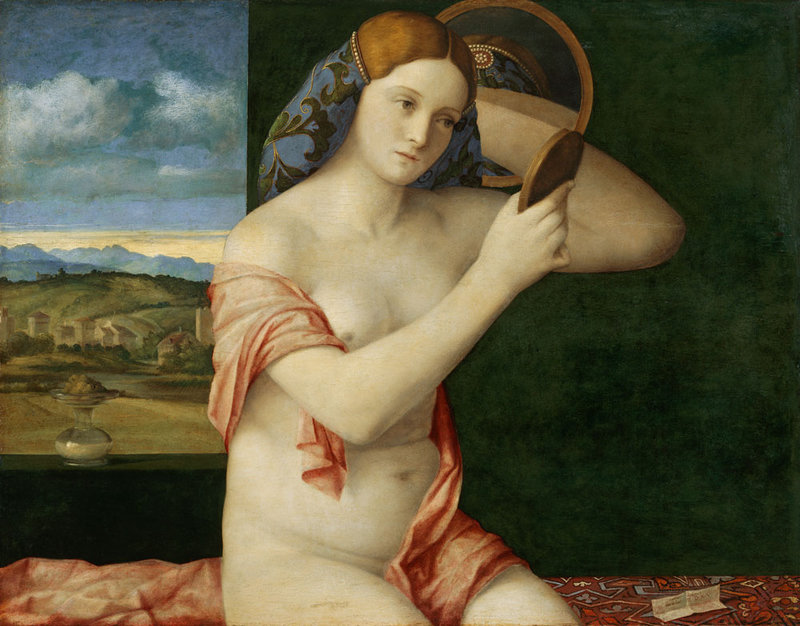
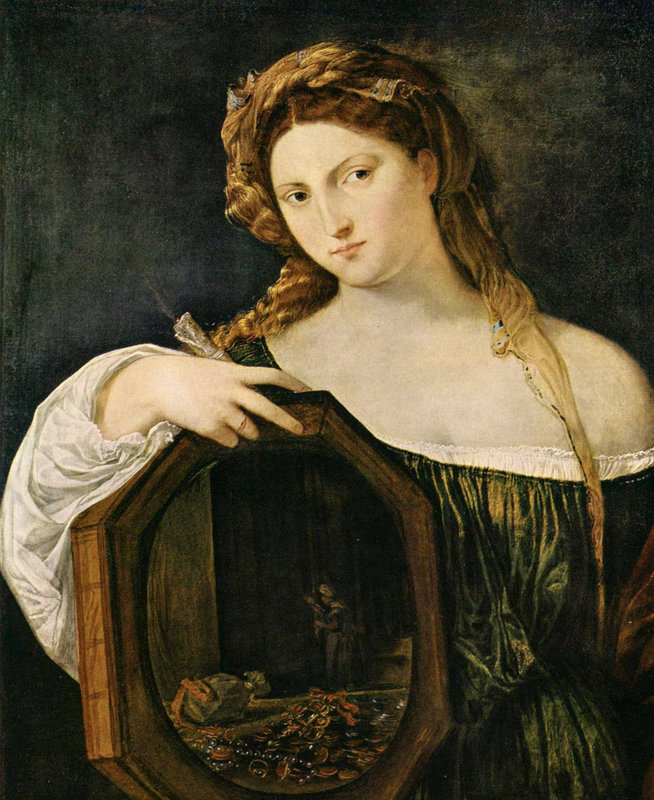
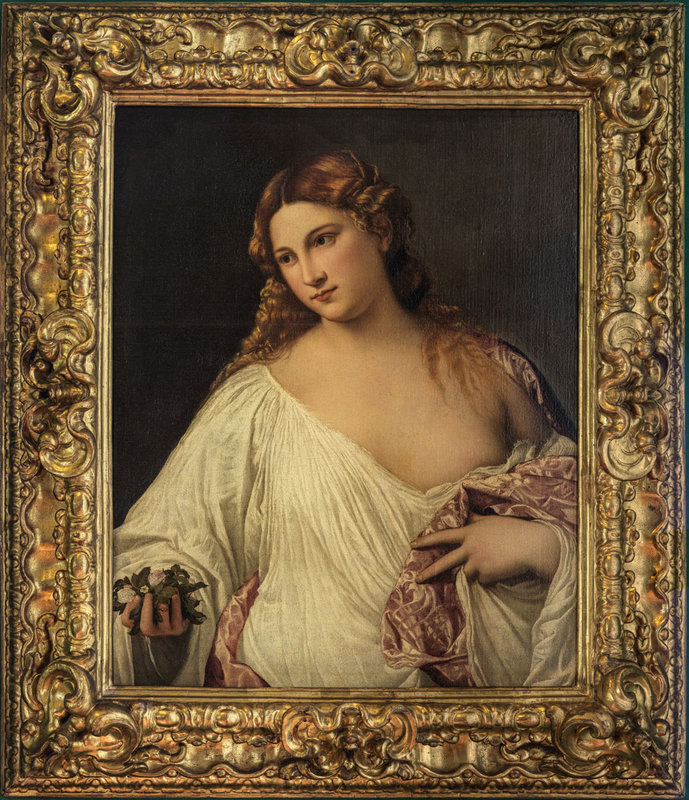
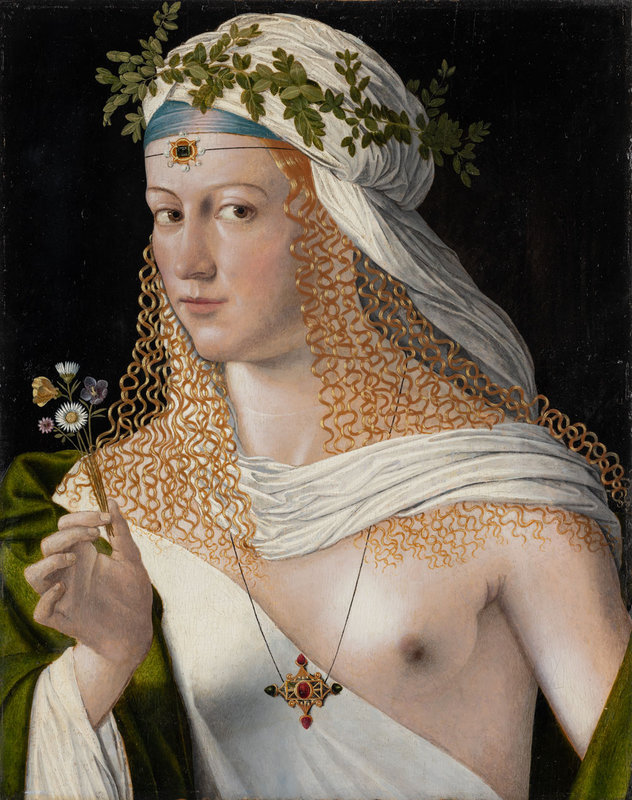

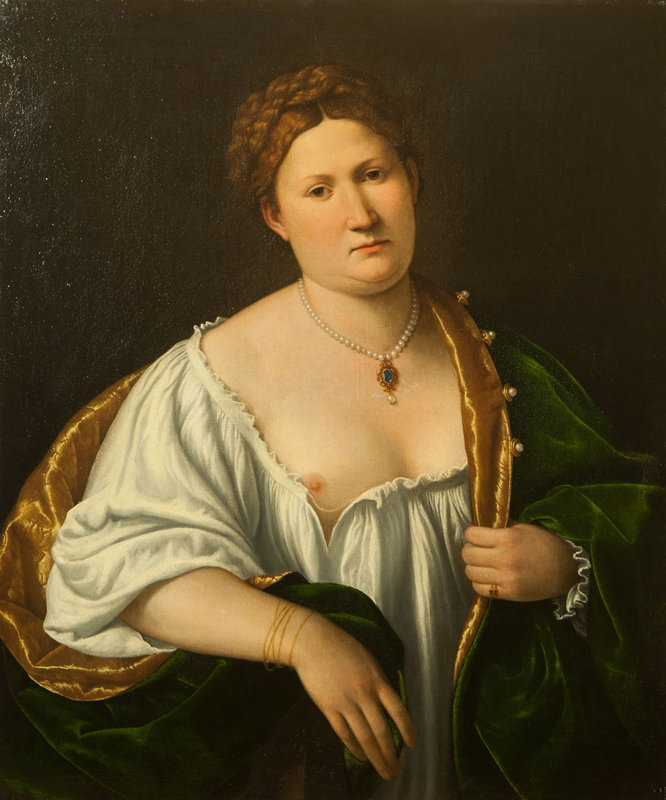

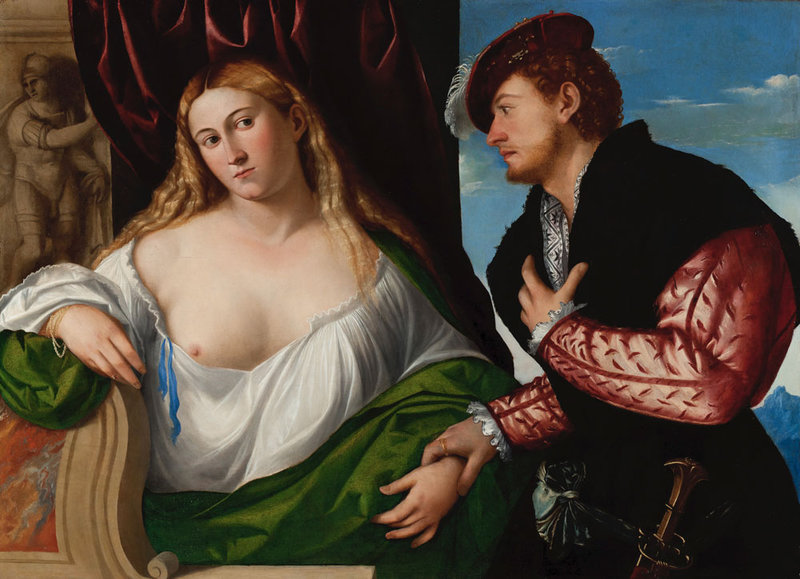
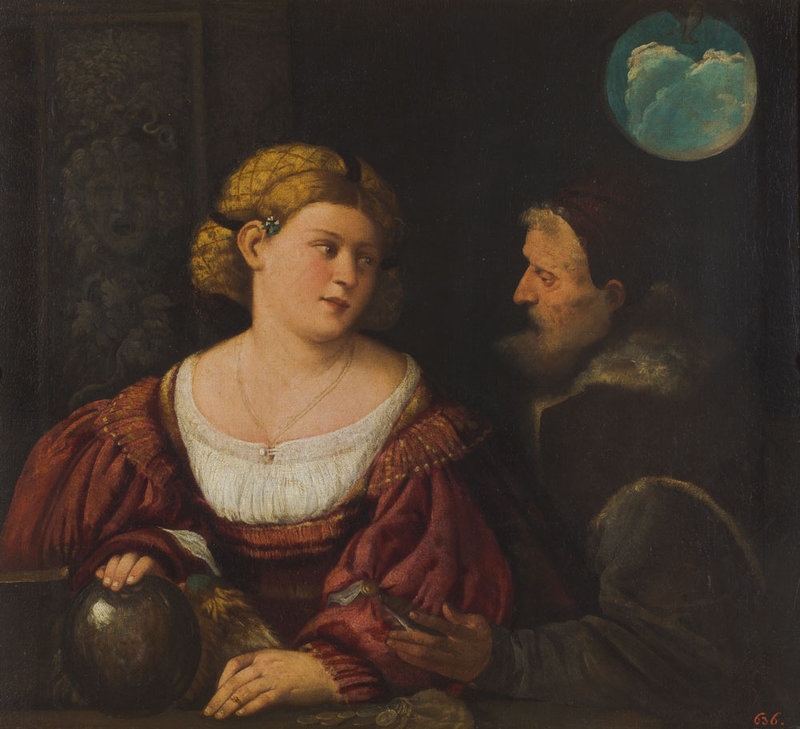
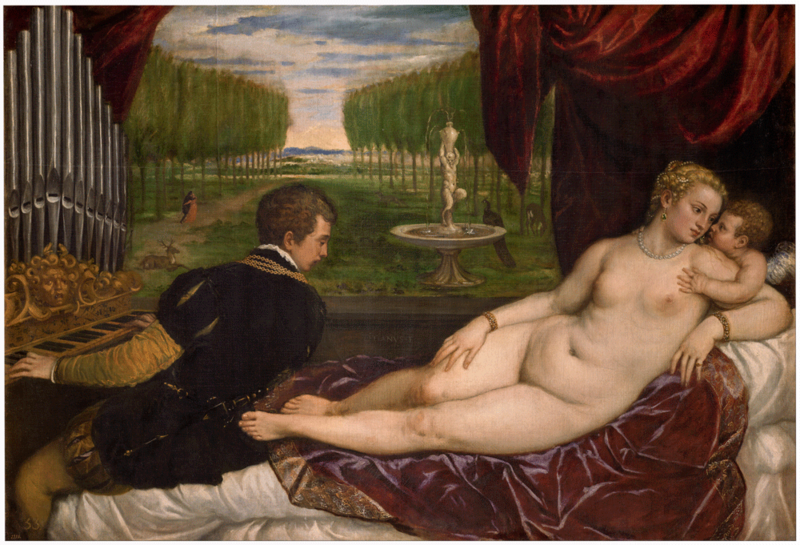

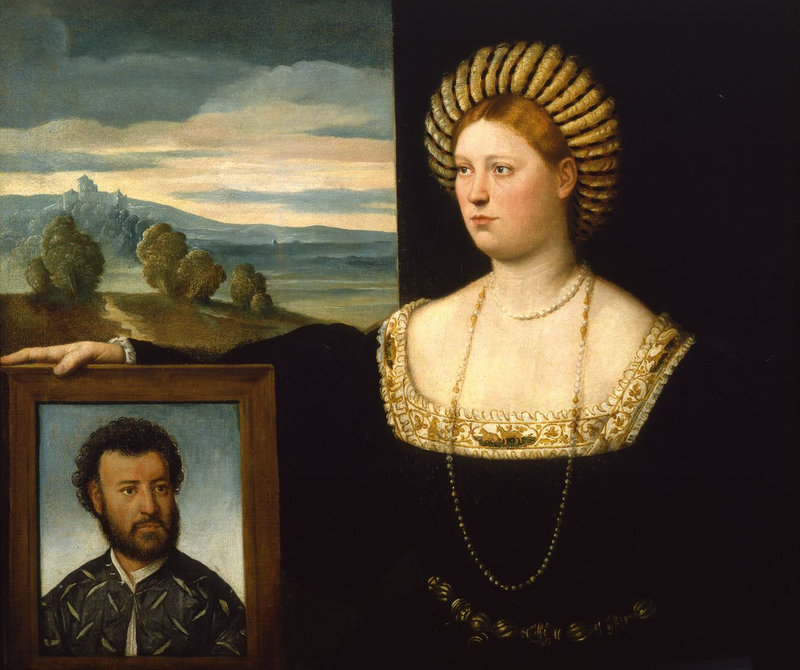

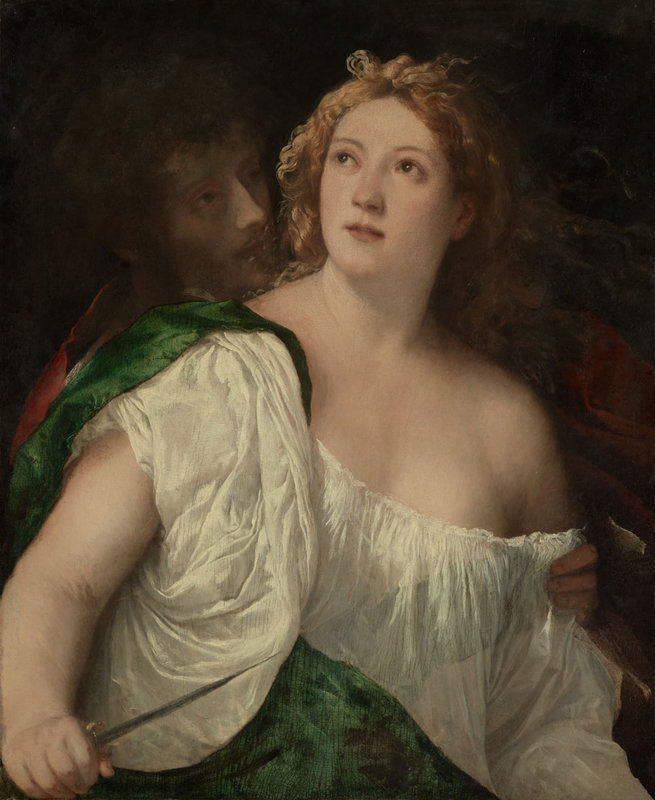
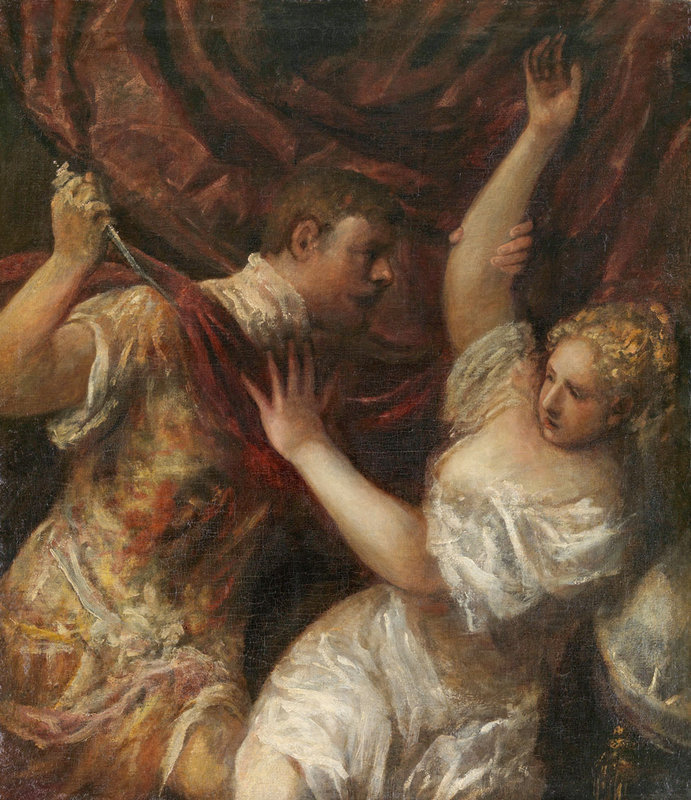
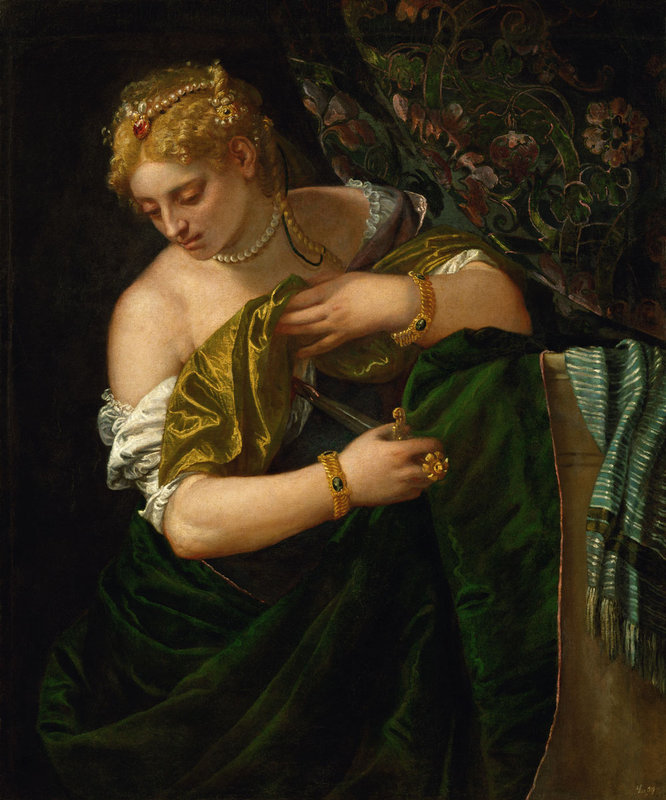
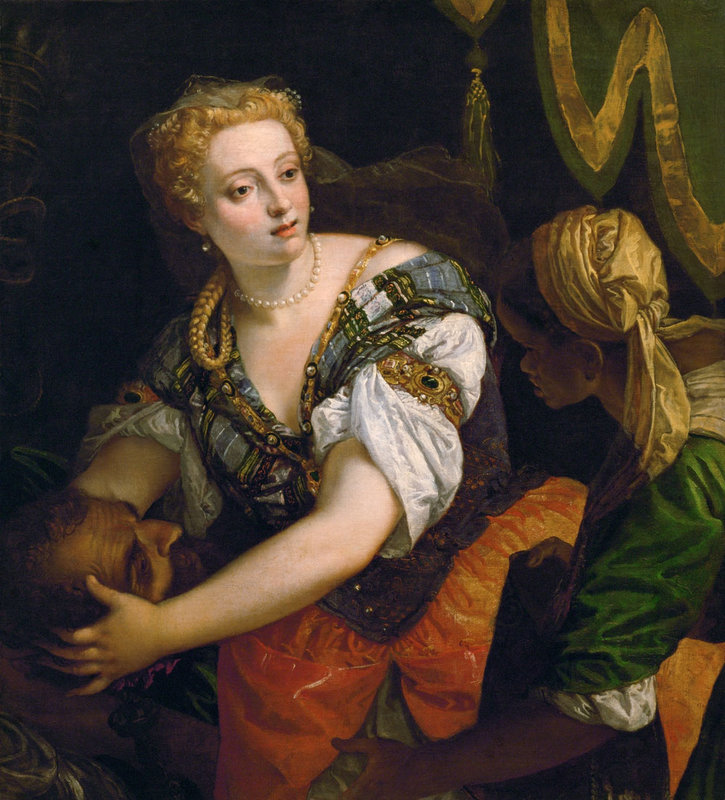

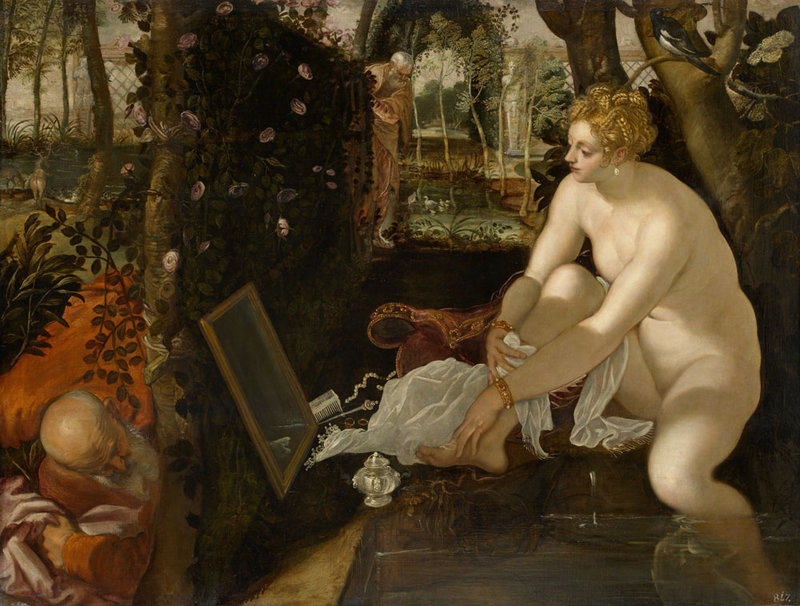
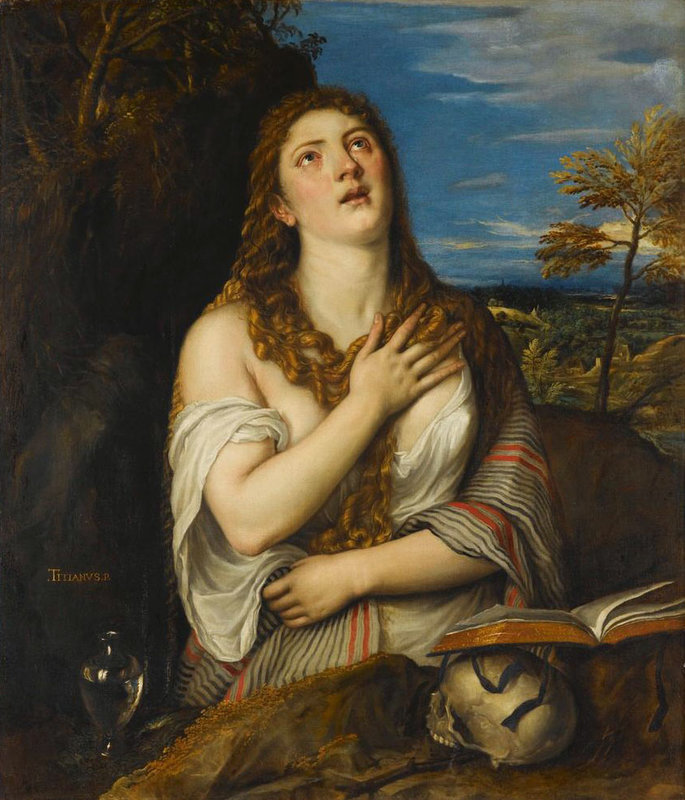
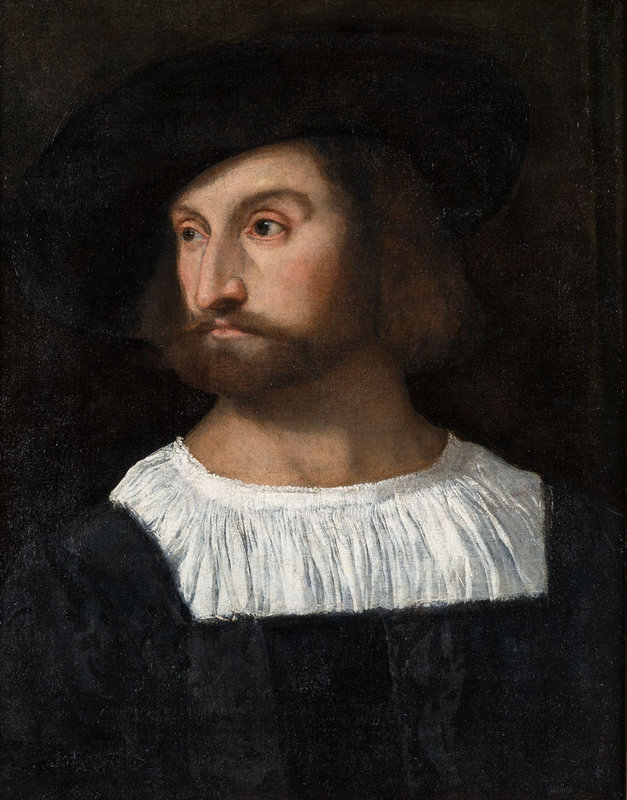

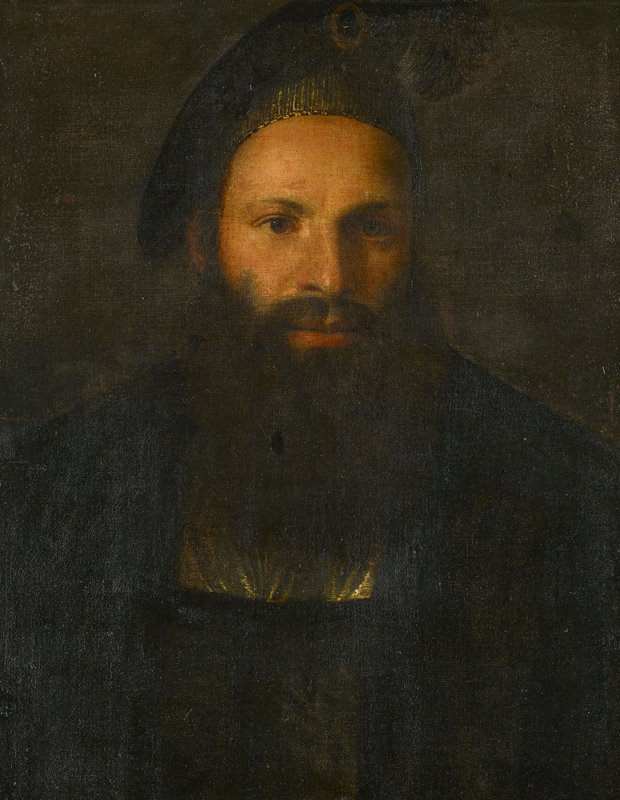
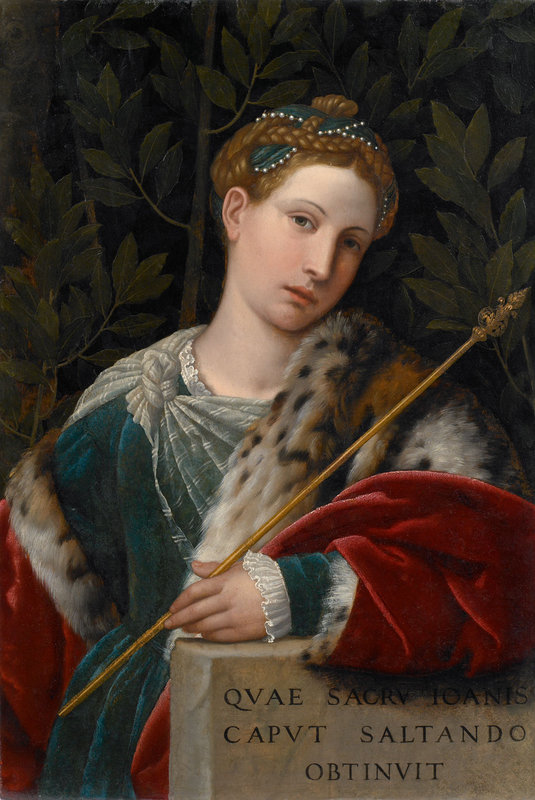
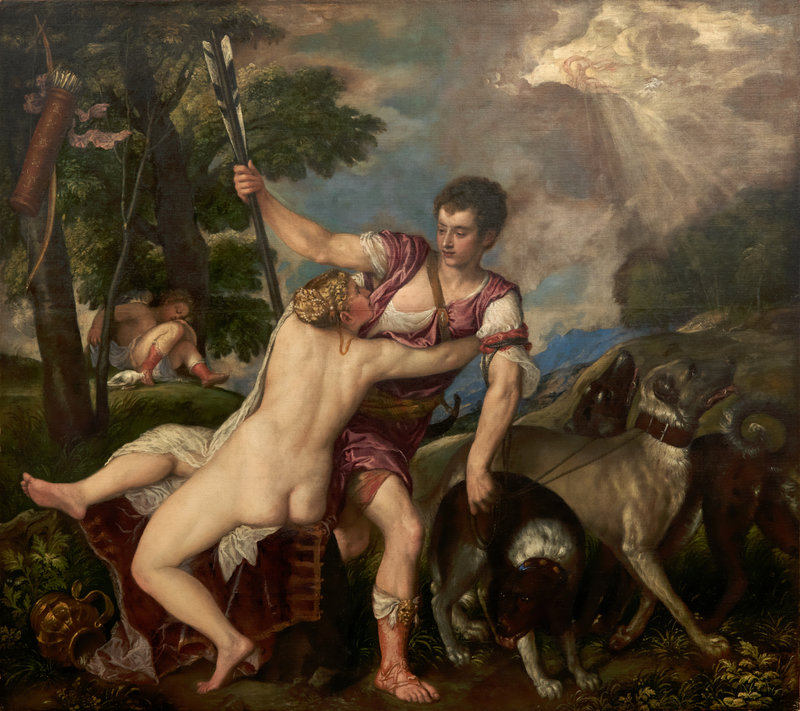
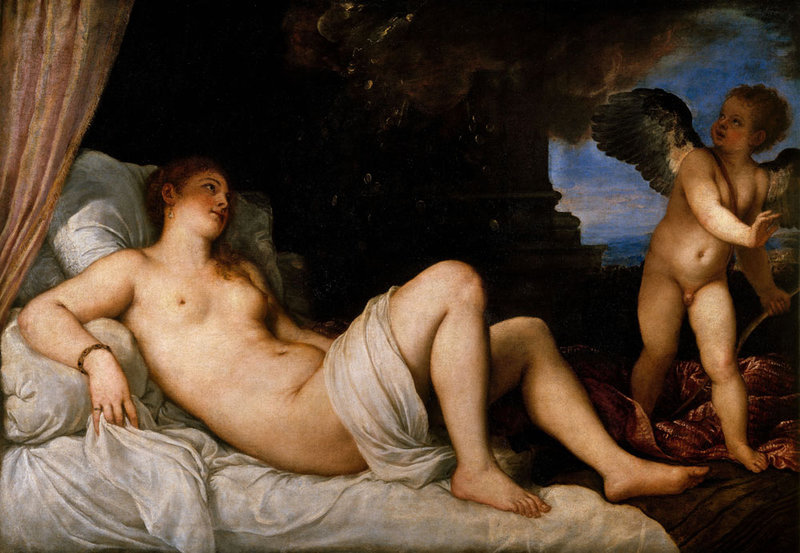
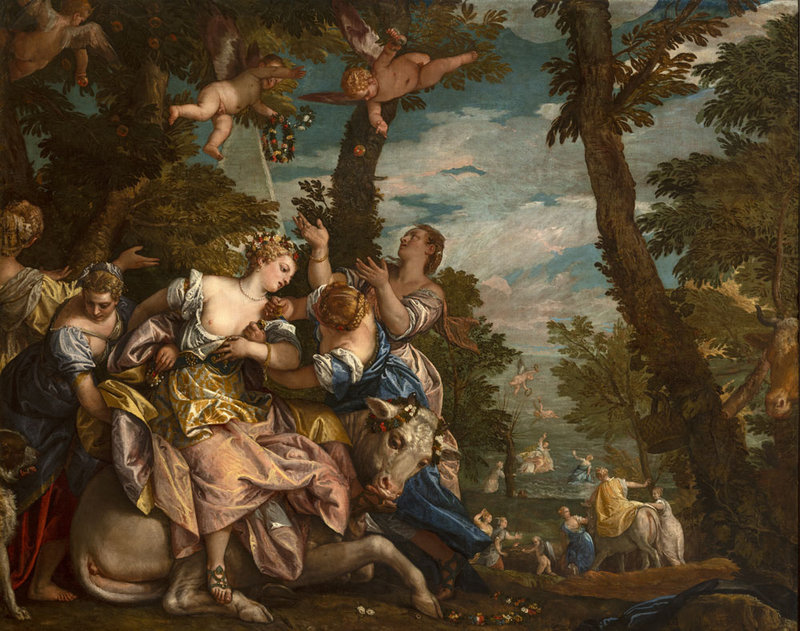


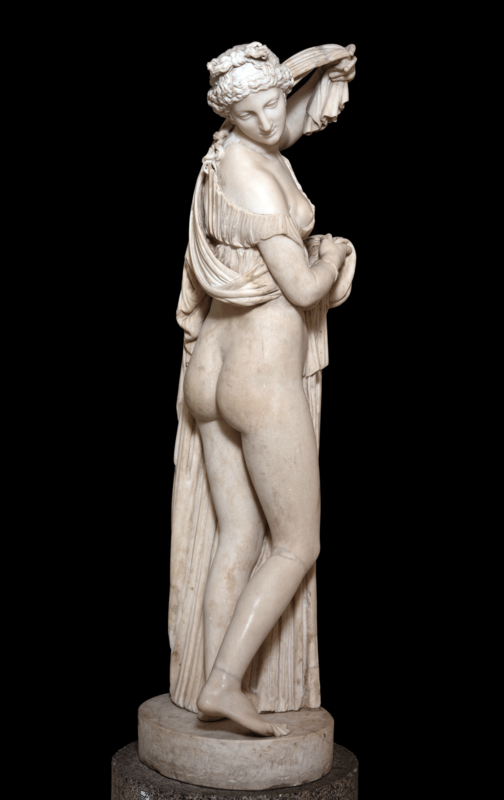
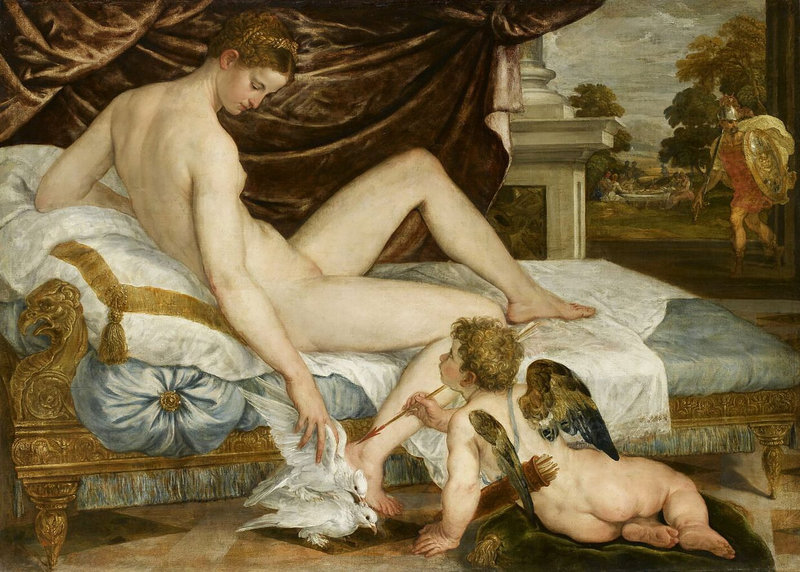
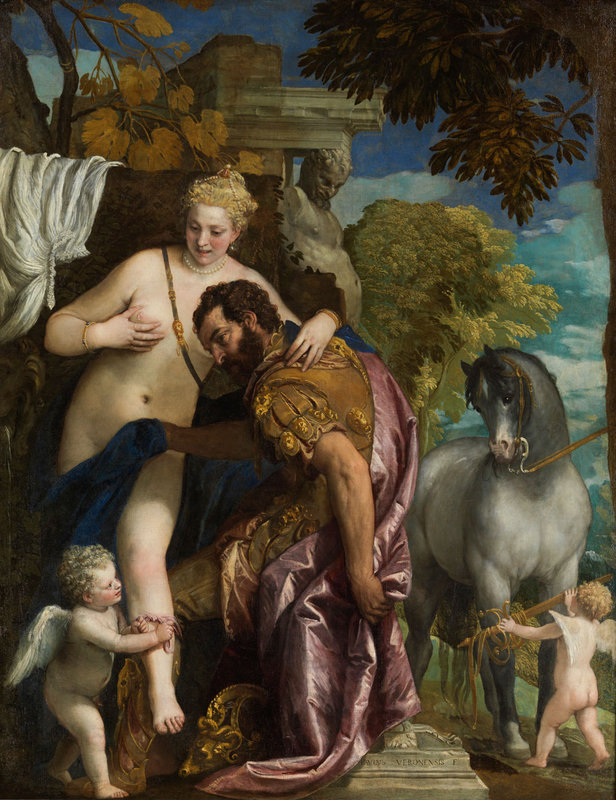
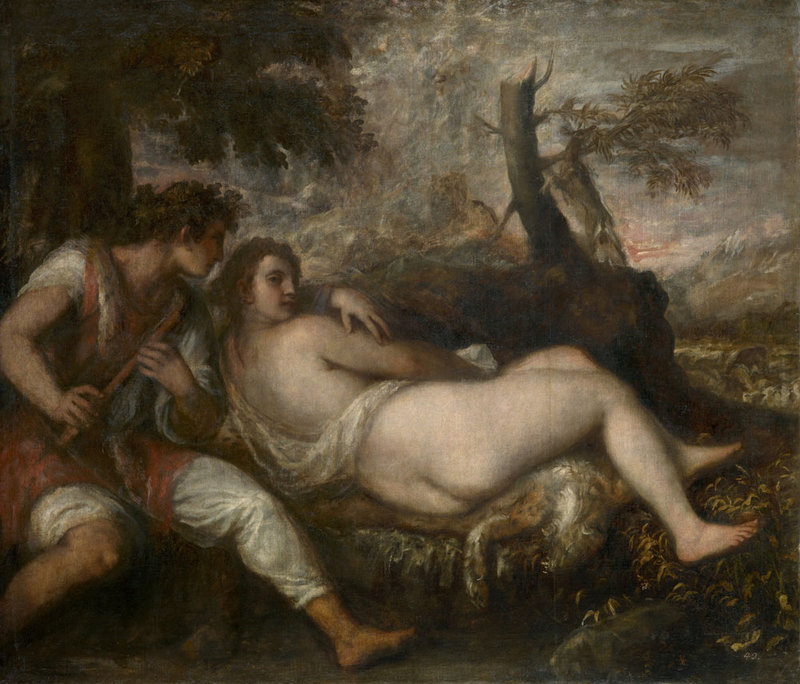
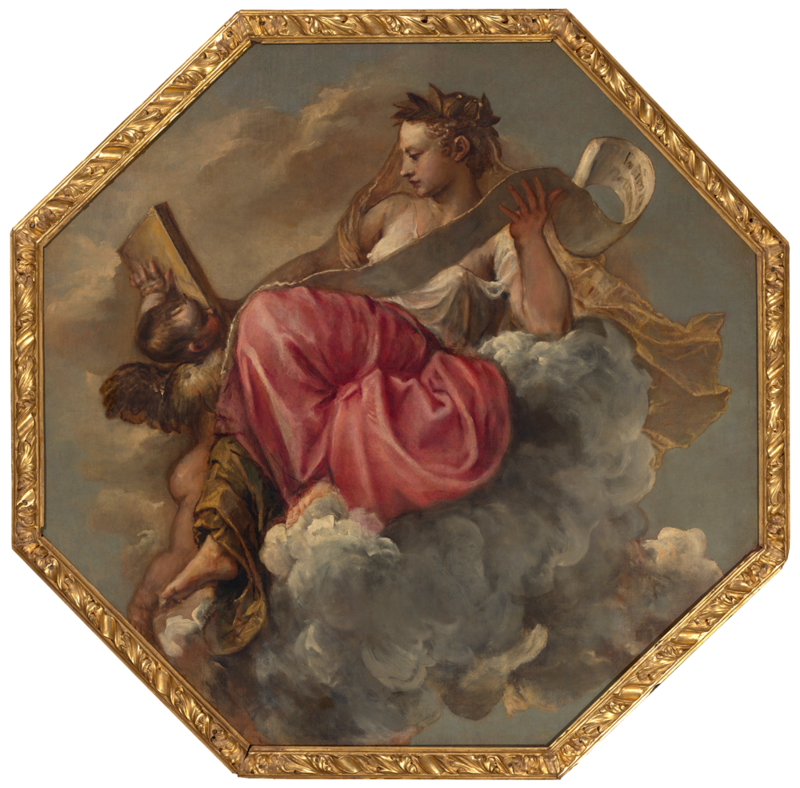

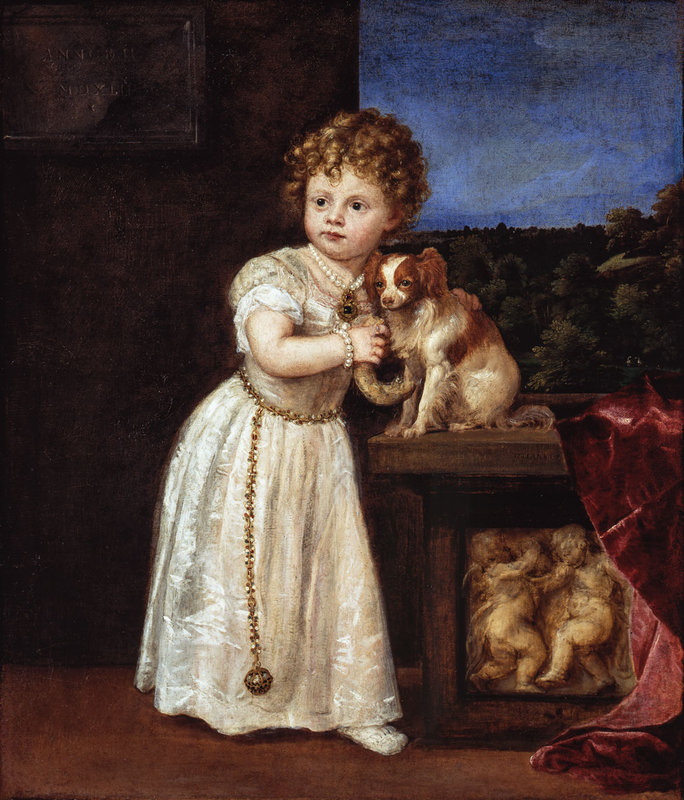



/http%3A%2F%2Fstorage.canalblog.com%2F19%2F64%2F119589%2F121786201_o.jpg)
/http%3A%2F%2Fstorage.canalblog.com%2F08%2F50%2F119589%2F69969169_o.jpg)
/http%3A%2F%2Fstorage.canalblog.com%2F52%2F15%2F119589%2F116026199_o.jpg)
/http%3A%2F%2Fstorage.canalblog.com%2F43%2F54%2F119589%2F93898953_o.jpg)